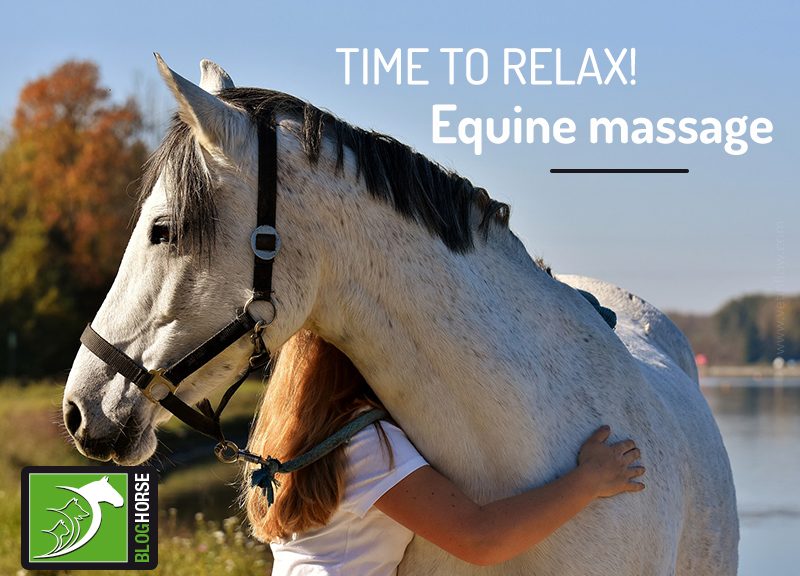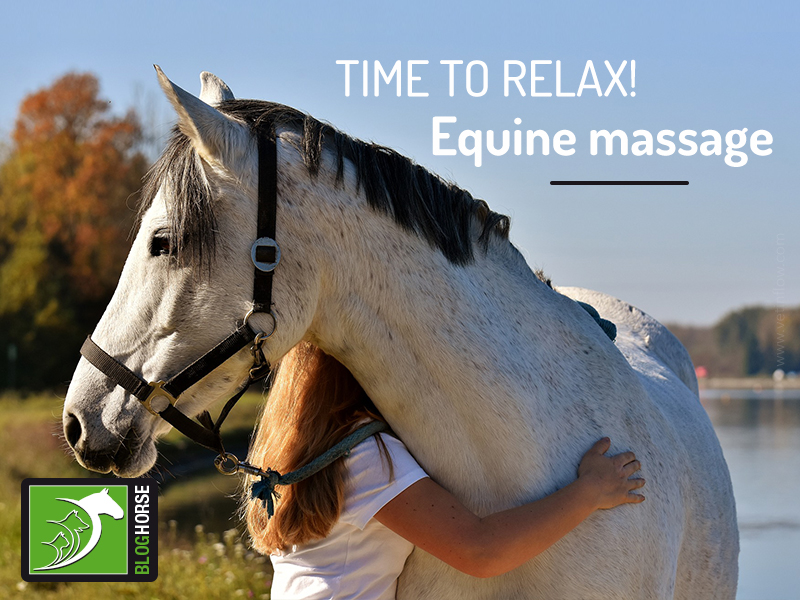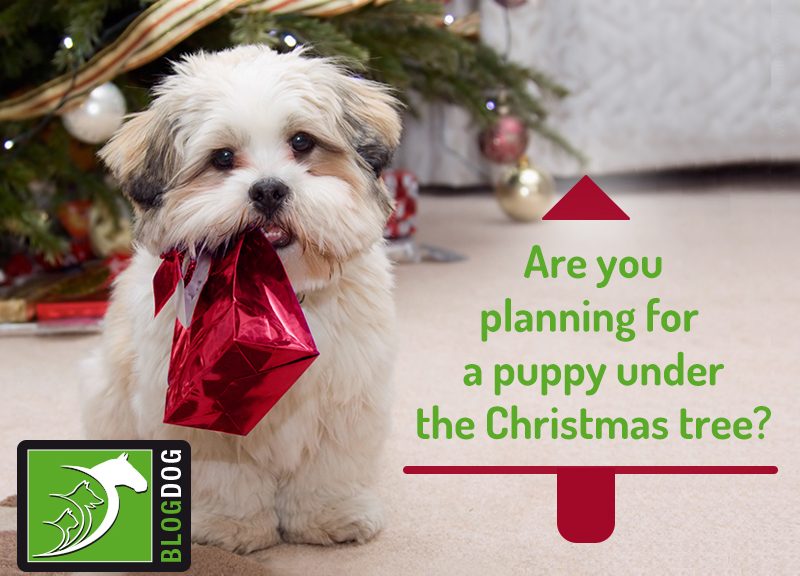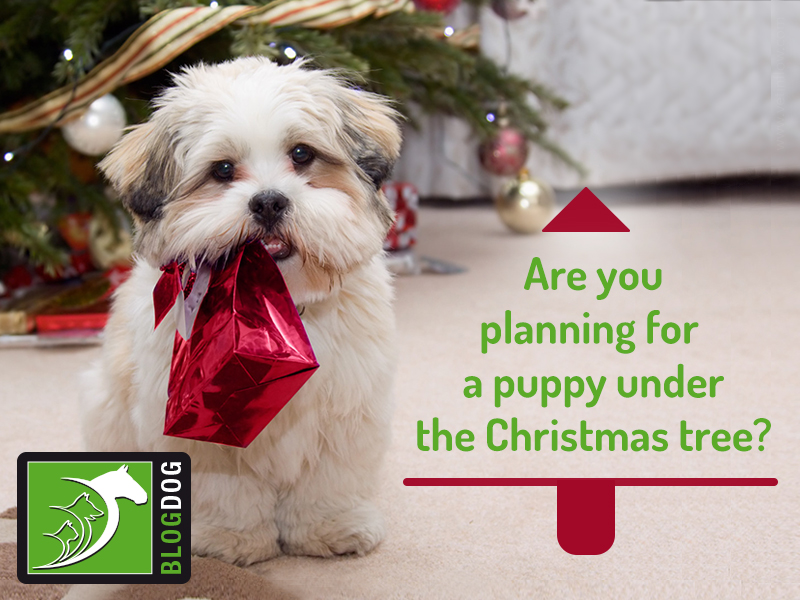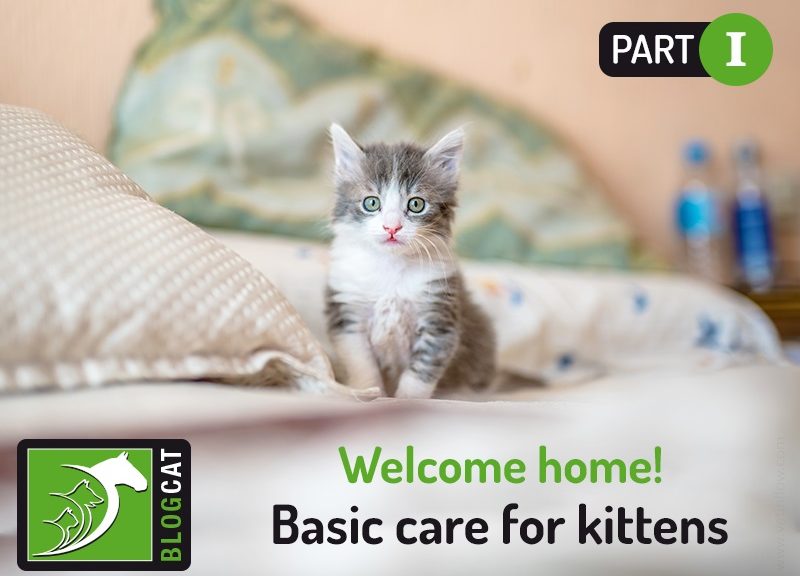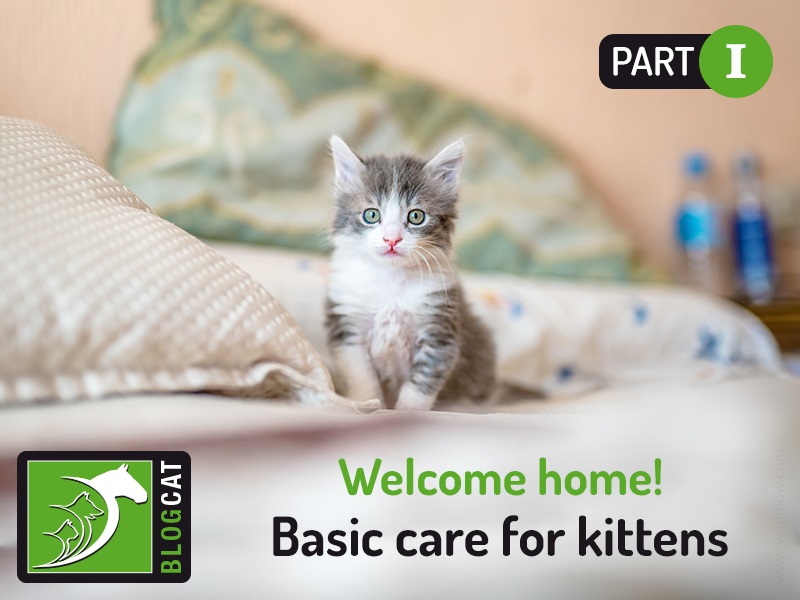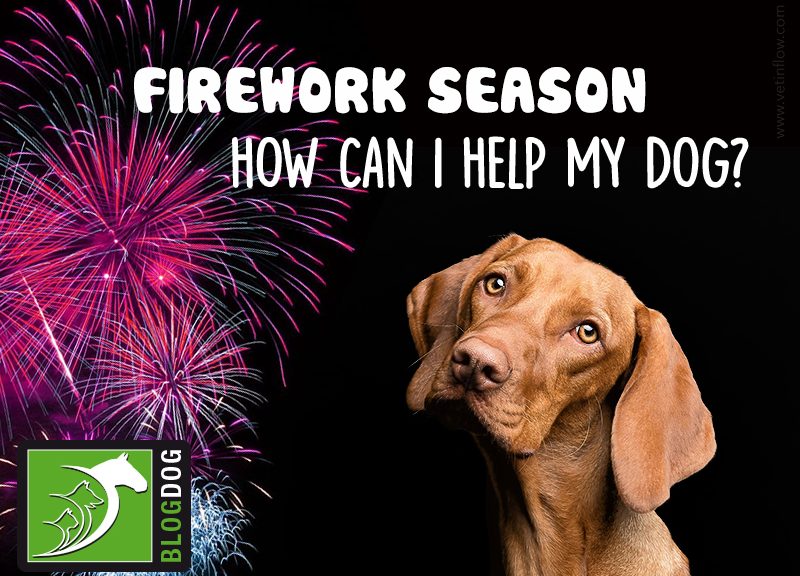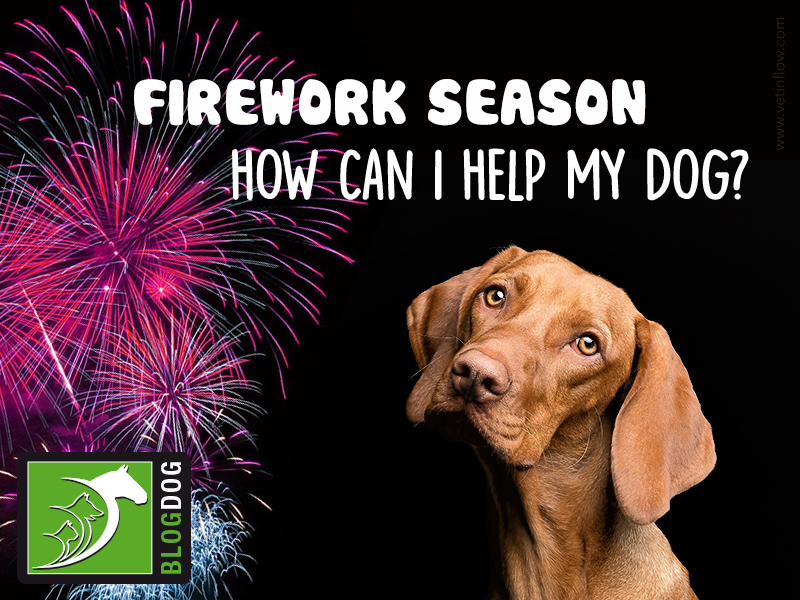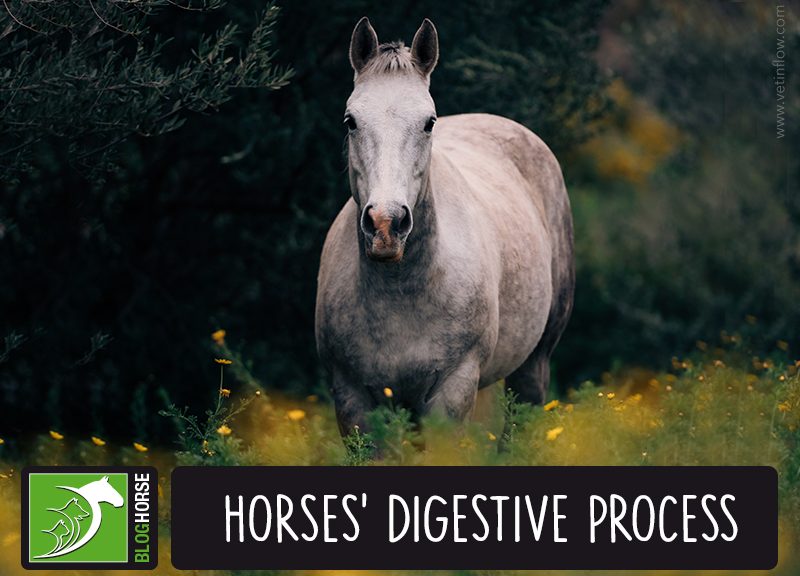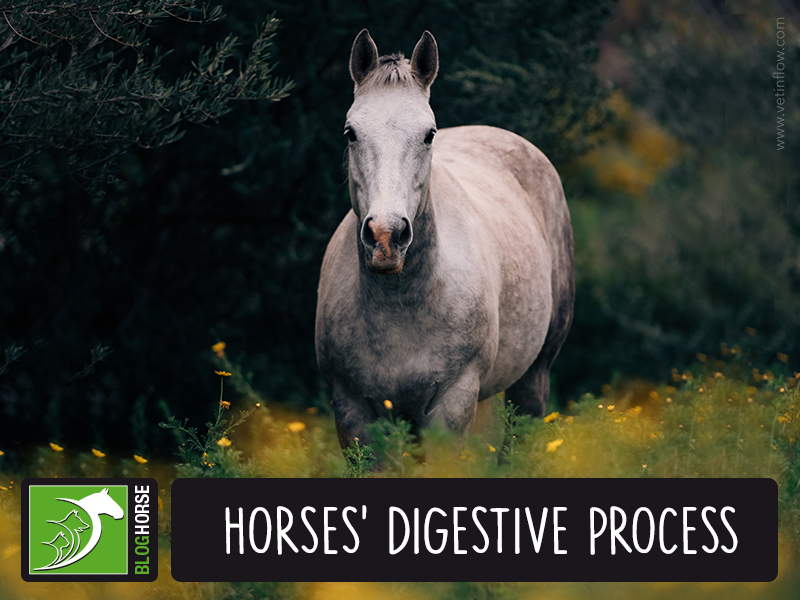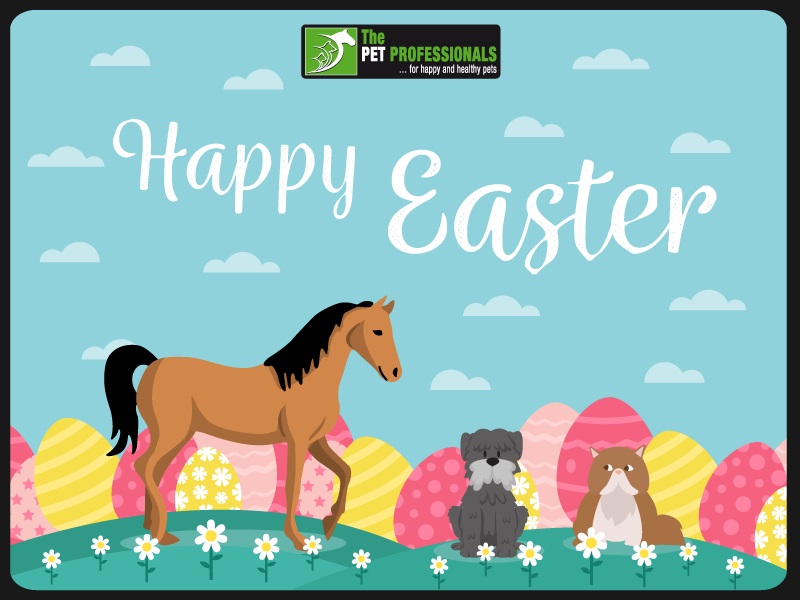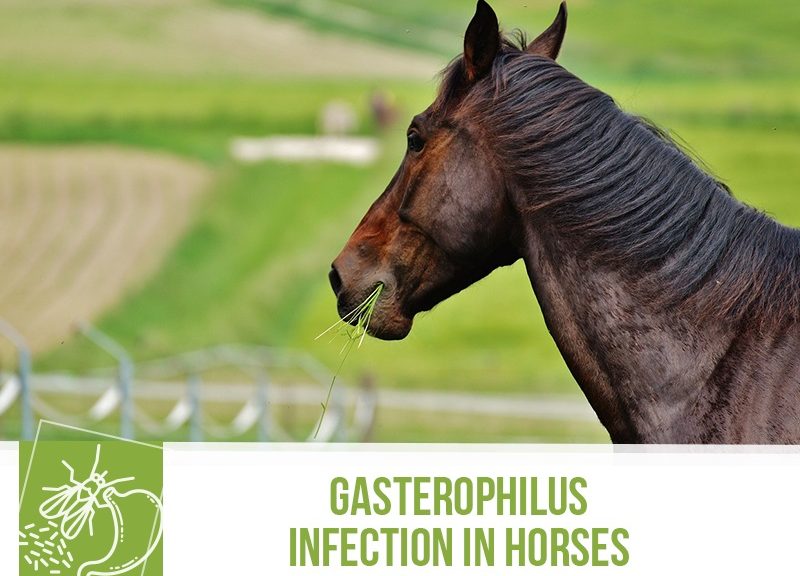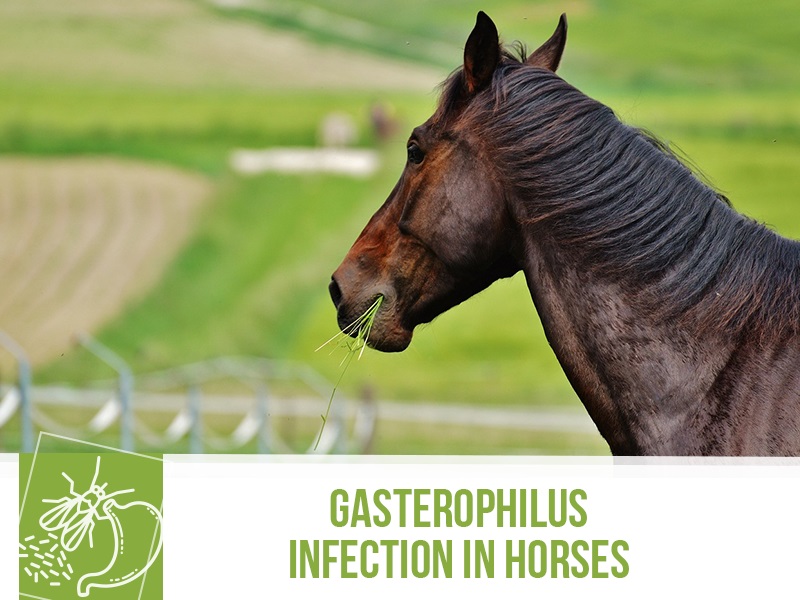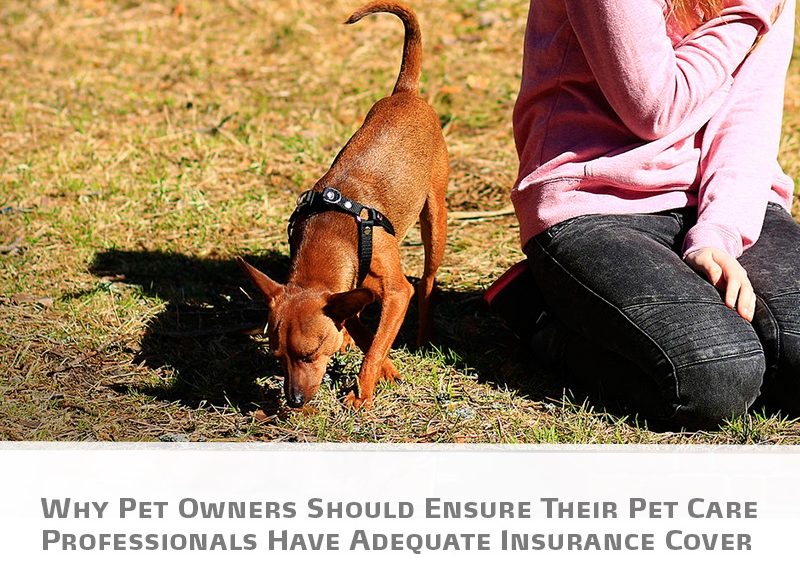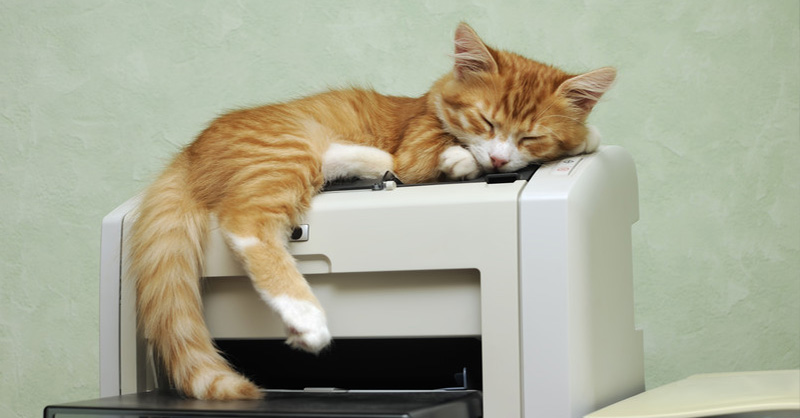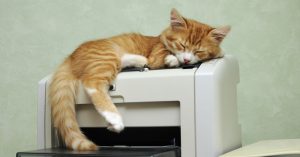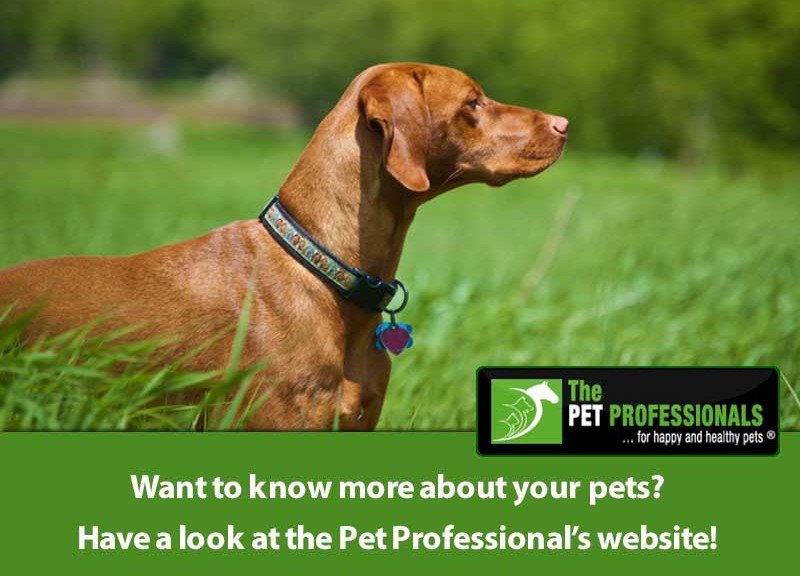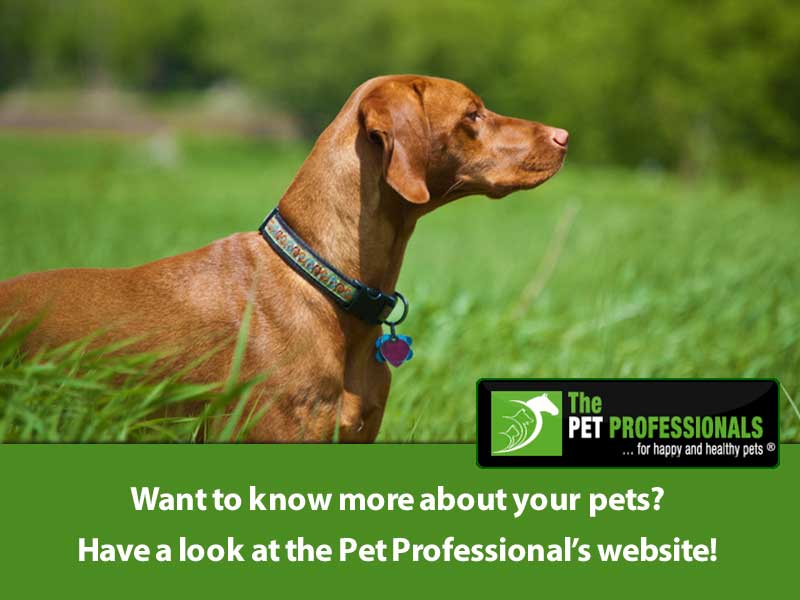For many of us, when we think of relaxation, the first thing that comes to mind is a day spent at the spa, enjoying a lovely massage and lots of pampering. But it turns out that were not the only ones who are keen on massages, horses appreciate them too!
Besides the fantastic feeling of comfort and warmness that comes from a massage, there are other benefits associated with massaging your horses, such as:
– Reducing physical, emotional and environment-related stress;
– Preparation for work and warming up;
– Warming down and recovering from exercise;
– Preventing injuries;
– Improving muscle tone and flexibility;
– Increasing circulation and lymphatic activity, consequently removing metabolic waste, draining accumulated fluid and encouraging tissue repair.
Depending on the horses’ particular problem, different techniques can be used and, overall, massages can be categorised into four major groups: relaxation, sports, therapeutic or preventative massages.
Throughout the massage, points of tension can be identified and worked on by manipulating soft tissues, loosening the muscles, joints and tendons, promoting relaxation and improving the horse’s overall well-being and health.
Just like us, there are a number of situations where massages are beneficial, and one of the most common indications to use them in horses is a sore back. This can be caused by improper saddle fit, excess work/exercise, conformation problems, lack of proper turnout, among other reasons. However, and even though all physical problems must be ruled out first, it is important to keep in mind that tension can also be caused by stress.
There is a lot of knowledge and technique behind a proper massage, but this is something all horse owners can learn to do that will have a significant impact on their horses’ well-being.
By learning massage techniques, you’ll be able to know how to analyse and assess your horses’ posture, movement and musculoskeletal function as well as how to recognise and correct some abnormalities. Besides, massaging your horse is a great bonding experience we are sure you and your companion will love.
If you’re interested in learning more about horse massage, we can help you!
Would you like to know more about horses? Check our Equine Courses:
Equine courses
